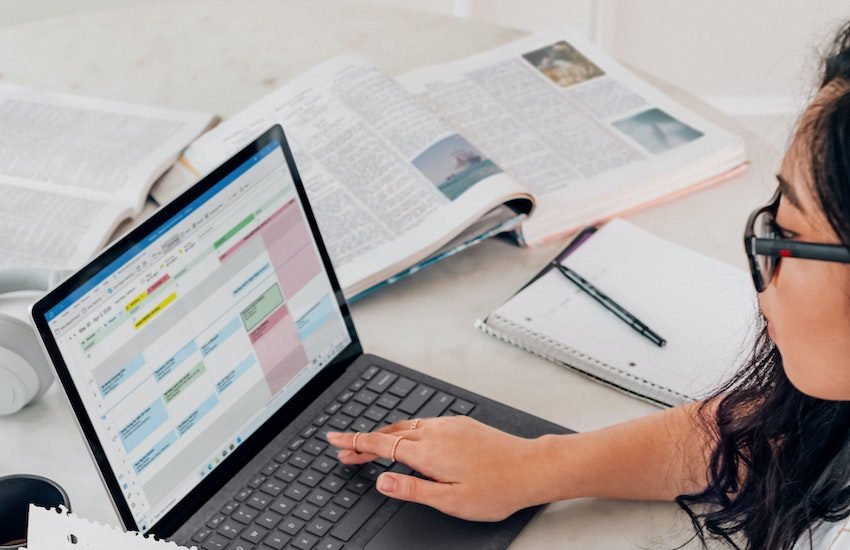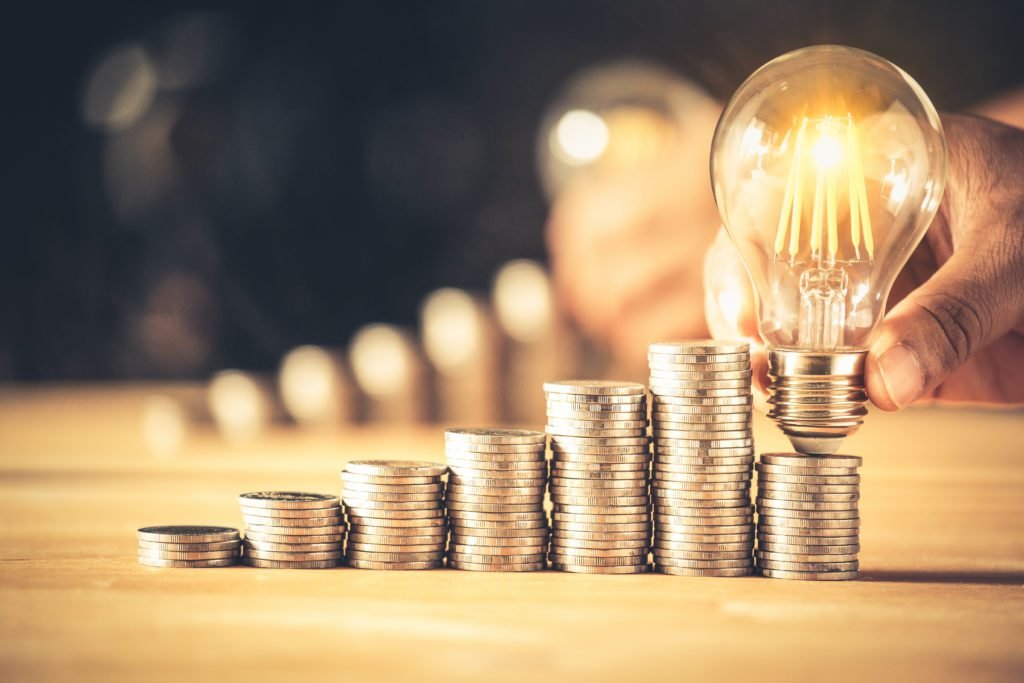This is the question in the back of every investor’s mind. It is the question that is being asked to every professional with a wealth management career. How will the economy of India look like post-covid-19? How does the risk of inflation look for the last two quarters of 2020-2021?

There doesn’t seem to be a clear answer but experts weigh in on their thoughts on the basis of the current situation as the economy finally starts recovering.
Let’s take a look at projections and initial thoughts even as India’s GDP takes a plunge.
Inflation or Deflation?
That is the question currently plaguing industry experts. While current inflation data pinpoint a situation where the inflation rate is bound to go up, some experts believe that the fall in demand for goods will cause deflationary pressures. These will nullify whatever the inflation that may have caused due to a dull first two quarters of 2020.
“We expect elevated inflation to be transitory. As supply chains are restored and demand remains weak, we expect inflation to fall sharply to average 2.5-3.0% year-on-year in the second half,” says an economist at Nomura. This shows a mix of inflation and deflation which will take its own time to settle over the first two quarters of 2014.
The Gap Between Rural and Urban Areas
Another important facet of the current situation is the varying trends in rural and urban India. While prices of goods still remain high in rural and interior India, pushing the inflation figure to 6% and above, the opposite is true for urban regions. Prices have normalized and so have the demand, which is being met due to unobstructed supply with Unlock 4.0 coming into effect from the start of September.
This makes several experts note that the worse days are behind us. In the months of April, May, June, and July – which observed the strictest lockdowns in the country – the inflation was on the high side. It is bound to alleviate in the coming months as the economy opens up and life goes back to normal.
Even professionals in the wealth management field echo these thoughts with an optimistic projection for the next months. The spike in prices of foods and other essentials rose during the lockdowns but is not back to normal, hinting at a stabilization.
Risk of Inflation
The record fall in India’s GDP in nearly four decades also shows the likely possibility of inflation in the coming months. According to an IDFC First Bank statement, “Overall, with real GDP expected to contract 6.3% in FY21 and with sustaining negative output gap, core inflation is only likely to move lower. On the non-core side, food inflation is expected to remain moderate supported by a robust start to Kharif sowing, expected good monsoon and the government holding significant buffer stocks.”
However, RBI’s surveys have shown an increase in expectations, mostly due to many more services coming back on their feet. While several major sectors – such as cinemas, restaurants, realty – still experiencing limbo with no recovery in sight, inflation is a possibility.
But there is a positive projection for the final quarter of the year 2020-2021, which should be enough hint for wealth management experts to plan ahead.
The current economic situation in India is a great arena for aspiring professionals with a wealth management career to studying projections, inflation, and possible risks to the economy and investments in general. Starting with a wealth management course now and then putting the acquired knowledge to practice is a sure-shot way to land interviews and get hired.
 Explore more online courses in the field and start studying today.
Explore more online courses in the field and start studying today.











